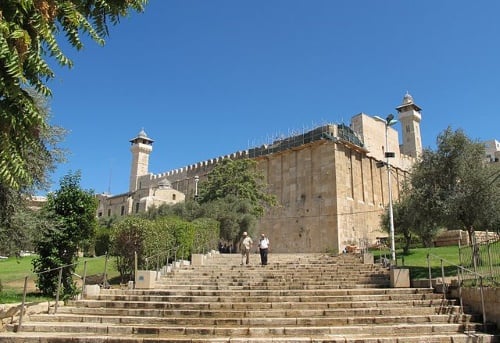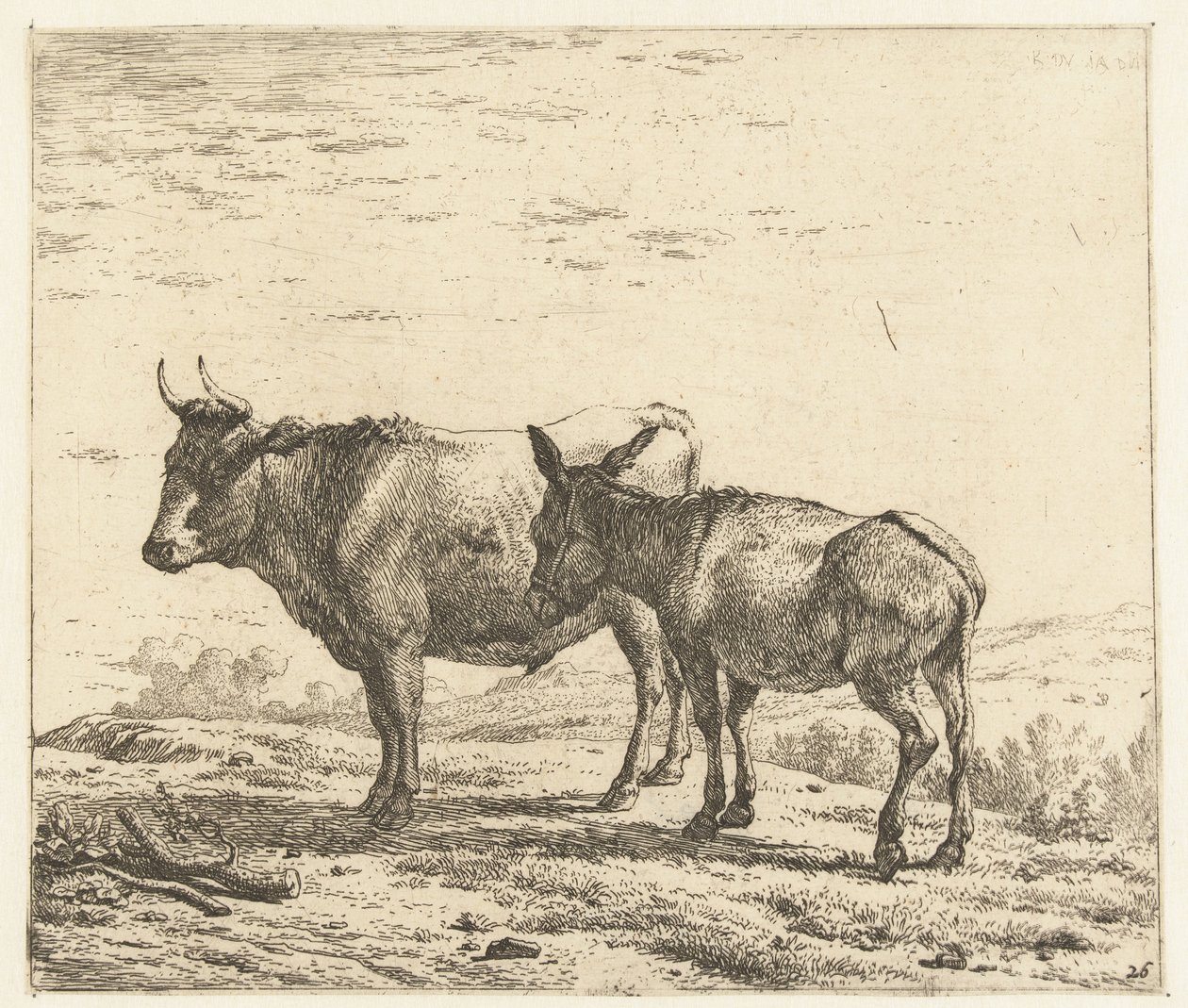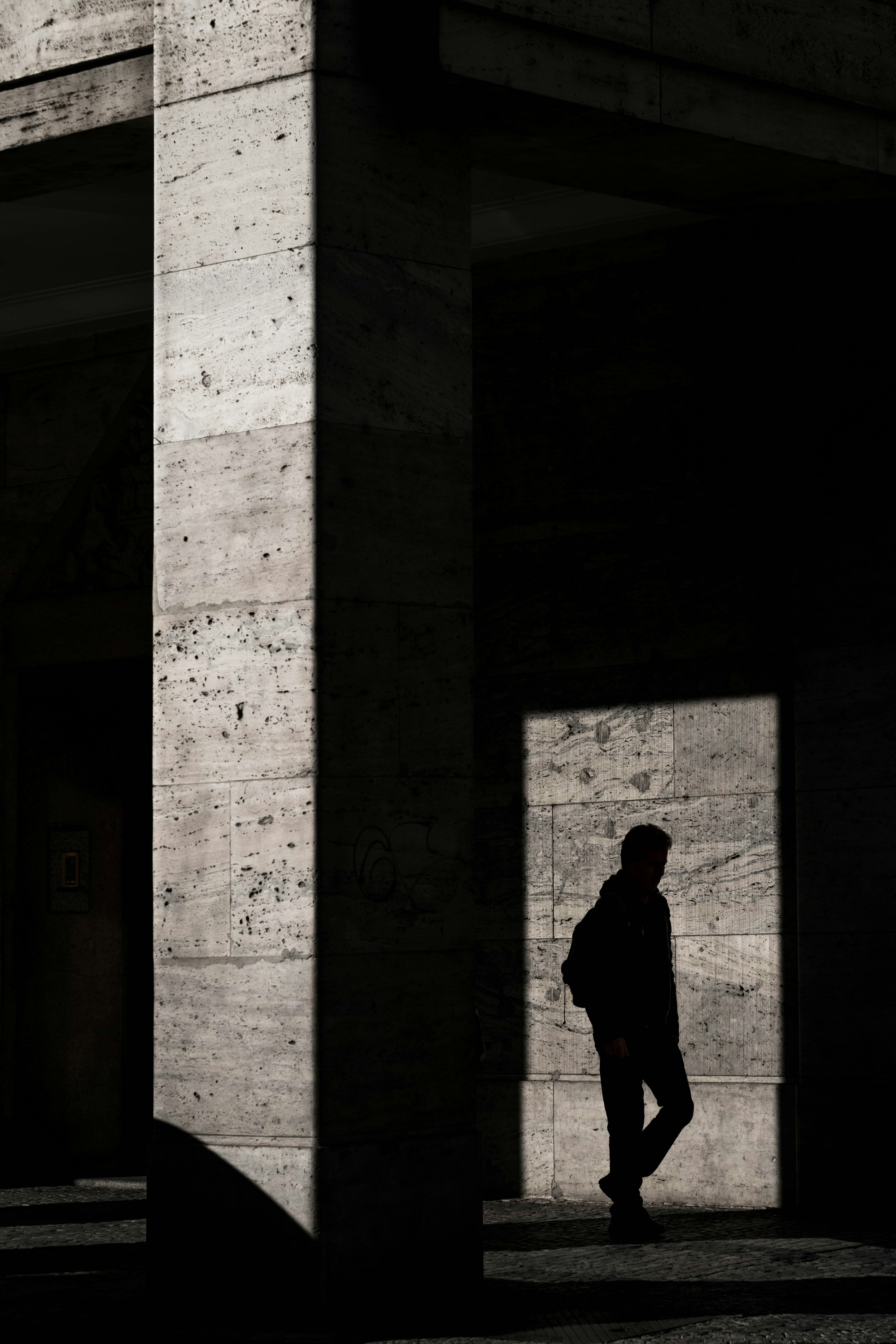May 30, 2023|י' סיון ה' אלפים תשפ"ג Shemini 5783 - Building & Destroying...And Building Again
Print Article(א) וַיְהִי בַּיּוֹם הַשְּׁמִינִי קָרָא מֹשֶׁה לְאַהֲרֹן וּלְבָנָיו וּלְזִקְנֵי יִשְׂרָאֵל:
And it was on the EIGHTH DAY that Moshe called to Aharon and his sons and the elders of Bnei Yisrael.
Why is it called the 8th day? Says Rashi:
שמיני למלואים, הוא ראש חודש ניסן,
It was the 8th day after the conclusion of what are referred to as the Shivas Yimei HaMiluim, the 7 days during which the Mishkan was prepared for use. So, on the 8th day, meaning, once the 7 days were completed, it was now time to make use of the mishkan for REAL.
And there is a pasuk in Parshas Naso that reveals to us something unusual about the preparation that took place.
(א) וַיְהִי בְּיוֹם כַּלּוֹת מֹשֶׁה לְהָקִים אֶת הַמִּשְׁכָּן וַיִּמְשַׁח אֹתוֹ וַיְקַדֵּשׁ אֹתוֹ וְאֶת כָּל כֵּלָיו וְאֶת הַמִּזְבֵּחַ וְאֶת כָּל כֵּלָיו וַיִּמְשָׁחֵם וַיְקַדֵּשׁ אֹתָם:
And it was on the day that Moshe finished constructing the mishkan.
It’s a very strange language. Should just say Vayehi B’yom Hakamas HaMishkan!?
Rashi explains:
מלמד שכל שבעת ימי המלואים היה משה מעמידו ומפרקו ובאותו היום העמידו ולא פרקו, לכך נאמר ביום כלות משה להקים, אותו היום כלו הקמותיו
This teaches us that every day of the 7 days of the miluim Moshe would put up and TAKE DOWN the Mishkan. And it was on this last day that he put it up and didn’t take it down, and that’s why the pasuk says, “this was the LAST TIME he put it up”.
And this is very strange! Why in the world would Moshe go through the effort each day of putting up and taking down the mishkan?!
My rebbi, Rav Baruch Simon, in his sefer Imrei Baruch, offers 2 very beautiful explanations:
The first, is based on a medrash tanchuma.
The Medrash Tanchuma tells us that just that are numerous parallels between the creation of the world and the construction of the mishkan:
- The Paroches = the sky
- The Kiyor (wash basin) = oceans and seas
- The Menorah = the celestial beings
The point being, that the mishkan is supposed to be a spiritual reflection of the this world.
And, the medrash tells us in Breishis Raba that when Hashem created the world He was “Bone Olamos Umachrivam, Bone Olamos Umachrivam” He would build worlds and destroy them, and then build them again and destroy them again, until he finally created this world and allowed it to remain.
Therefore, just like Hashem created the world in this manner, so, too, the mishkan had to be built this way as well. This is why Moshe built the mishkan 7 different times, and took it down, until he finally left it standing.
And while that’s a very interesting comparison, what does it mean?
The Gemara in Pesachim writes that there were 7 things that were created BEFORE the world. And one of them was TESHUVA. And the Noam Elimelech, Rav Elimelech of Lizhensk, writes that this was the reason Hashem built worlds and destroyed them:
Because even before He created a world with human beings, He wanted to place in the DNA of the world itself the possibility for a person to feel regret, to have the humility to be willing to change from their original plan, and to be willing to tear things down and try again.
And, in fact, writes Rabbi Simon, this makes perfect sense because it is the ability or a person to have humility, to be willing to rethink and reconsider, that allows room for Hashem in their life.
According to this approach, the reason Moshe Rabbeinu builds the mishkan 7 times and destroys it 7 times is remind us that as we build our own space for Hashem to reside, always be willing to reconsider. Be a person who has the humility to recognize I might have made a mistake, and I’m willing to tear things down and build again.
But Rav Simon offers a second explanation as well:
The pasuk in Mishlei tells us:
משלי פרק כד
(טז) כִּי שֶׁבַע יִפּוֹל צַדִּיק וָקָם וּרְשָׁעִים יִכָּשְׁלוּ בְרָעָה:
“The righteous falls down 7 times and gets back up”
And Rav Yitzchak Hutner writes a beautiful pshat on this pasuk. And he uses very strong language because he felt so strongly about this idea.
He says, fools believe that this pasuk means that EVEN THOUGH the Tzadik falls 7 times, nevertheless he is able to get back up. That’s not the correct explanation. Rather, what it really means is that the REASON A TZADIK IS ABLE TO GET UP IS BECAUSE HE HAS FALLEN 7 TIMES!
As Chazal teach, when Hashem created the world it says, “Vayar Elokim es Ko lasher Asa v’hinei TOV ME’OD” Hashem saw all that He had created and it was VERY GOOD!
Says the medrsah: Tov is the Yeter Tov. Me’od is the Yetzer hara. Meaning, that it is the times that we fall and we fail miserably, the times when we feel we don’t belong and we can’t make it, that eventually give us the STRENGTH to get back up and move forward.
Writes Rav Simon, perhaps this is another explanation for the building and destroying of the mishkan that Moshe does at its inception:
Bnei Yisrael had only just emerged from their first BIG MISTAKE, the Chet Ha’Egel. They were still timid and worried about how they would come back from all of this and reconnect with Hashem.
So, comes Moshe, as he is creating the building that quite literally reflects the teshuva of Am Yisrael, their next chance at a relationship with Hashem, and he builds it - seven times - and destroys it - seven times - before finally leaving it built. To remind the people that it is specifically the times when we feel all that we have built has been destroyed, when we feel we have fallen so far away, we must know that not only can we build again, but that the experience of falling down will make the new structure even stronger.
Because HKBH wants to rest His Shechinah specifically with those people who have the humility to recognize their own flaws, and who have the strength of character to not allow those flaws to hold us back, but instead to give us the strength to try again.
When we feel like we’ve messed it up just too many times, remember that tearing down and starting again is literally part of the DNA of the world. Know, that while our falls may be difficult, they are really just setting the foundation for our next glorious building.




